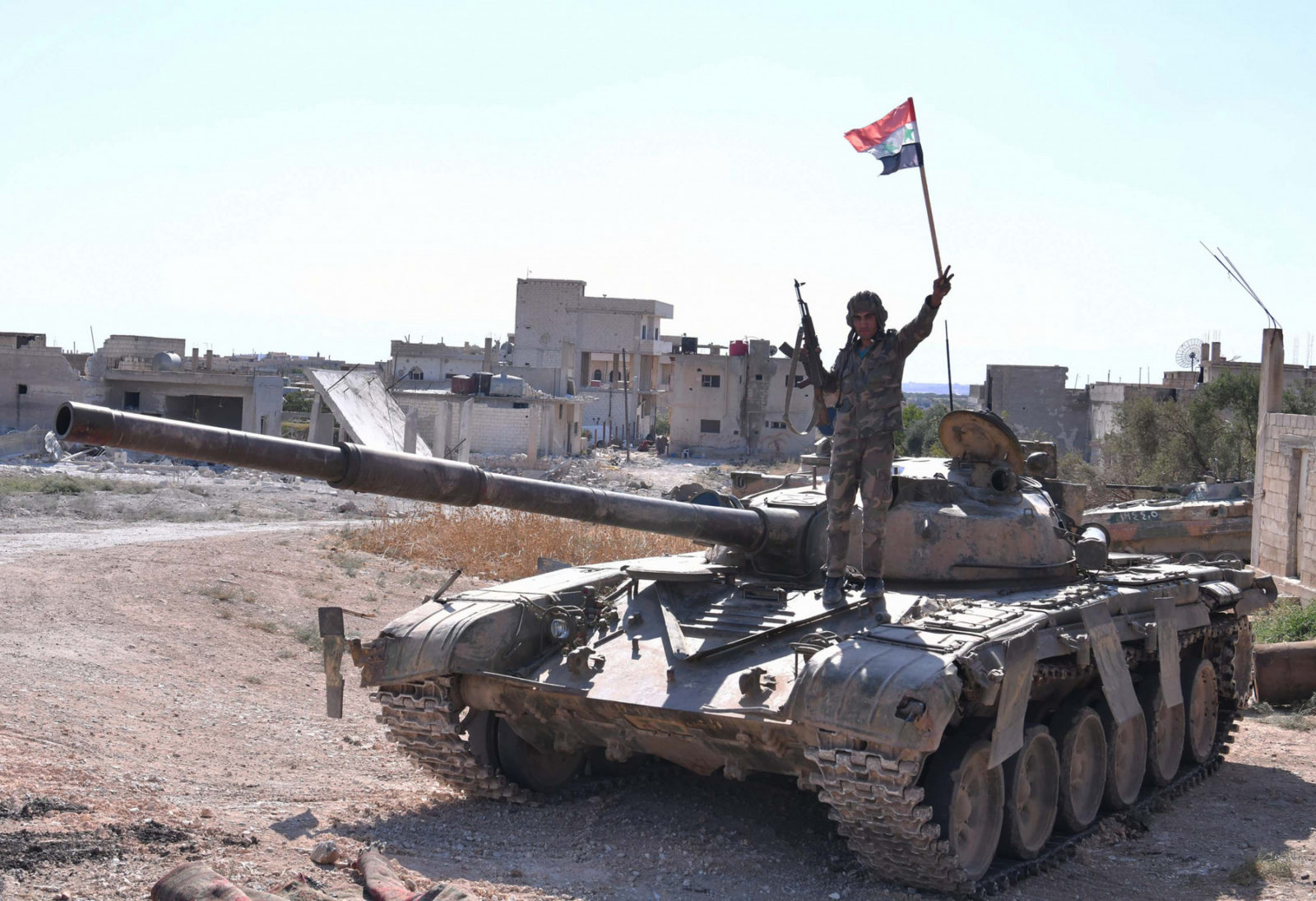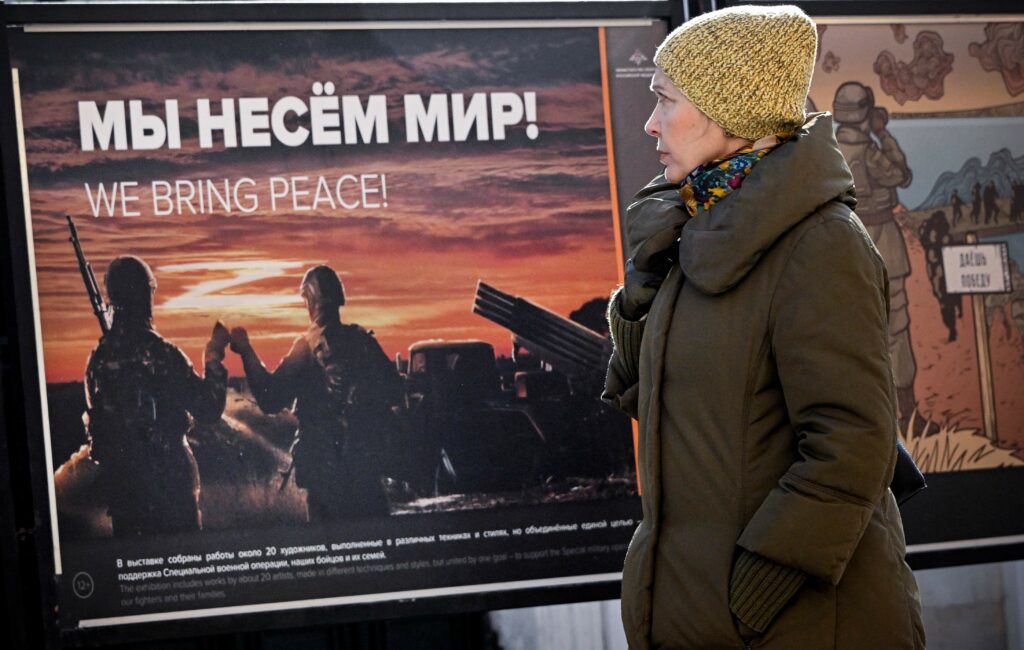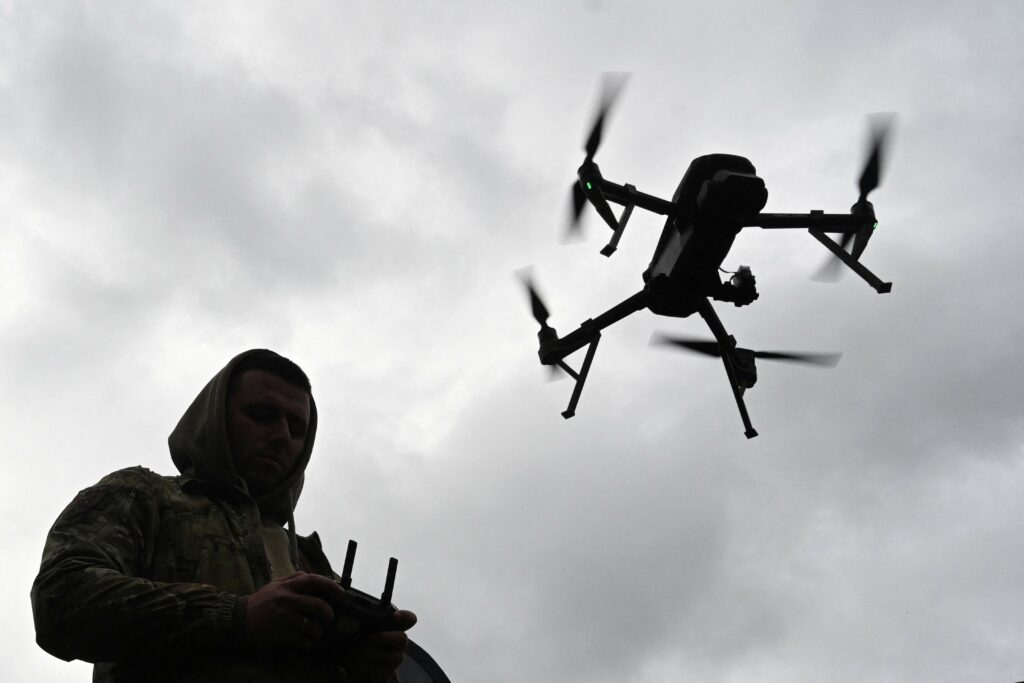The armed forces of Syria’s Bashar al-Assad, with the support of the Russian airforce and special force, continue to move deeper into Idlib Province, the last formally existing «de-escalation zone» in the war-torn country. The boundaries of this zone are still determined by the Turkish military, whose presence there was agreed when the Russian and Turkish presidents met in Sochi in September 2018. The Syrian regime is now attempting to pull all of its combat-ready forces into the Idlib Region, including those units of former rebels who «reconciled» with the regime in the country’s south. Damascus claims that if not for the Turkish military, whose posts the pro-government forces hope to sneak around, the last rebel enclave with its alternative power structures would have fallen into Assad’s hands long ago. Nevertheless, the example of the south, the «cradle of the Syrian revolution,» provides a good example of what is happening in regime-controlled territories where widespread levels of anti-government sentiment persist.
Rallying the troops
In summer 2018, rebel territories in Syria’s far south-west (the Daraa and Quneitra Governates) returned to the regime’s control after a relatively bloodless reconciliation process. This had only been possible thanks to agreements brokered by external players: Israel, Jordan, Russia, and the USA. Therefore, with Moscow’s participation, a plan to create a «Sunni buffer» on the border with Israel was launched, in order to minimise the presence of the Islamic Revolutionary Guards Corps and numerous local and foreign militia groups loyal to Teheran in the region (Iran had repeatedly threatened Israel that it would open up a «Syrian front.»)
Russia practically guaranteed the return of former opposition supporters to these regions, promising to ensure the safety of local rebels on the condition that they ceased hostilities with Damascus and turned on its opponents instead. So by April 2019, former members of the opposition constituted more than 75% of all soldiers in the eighth brigade of the fifth volunteer assault corps deployed in Daraa Governate. For some time, this military formation was directly controlled by a Russian general and Russian officers were present at various levels of its command structure.
Nevertheless, other key players could not allow Russia to monopolise this process. Maher al-Assad, the brother of the Syrian president and commander of the Syrian Arab Army’s fourth division (who is known to have close ties to Iran), joined the struggle to attract former opposition members to the regime’s ranks.
Now corralled into a military unit formally loyal to Damascus, Assad’s former opponents could not only count on a salary, but returned to doing what they had done in the ranks of opposition forces for the past three years: fighting against the Islamic State’s (IS) cells. After all, from 2015 to 2018, the regime preferred to hold back from any serious military operations against the «Southern Front» factions of the Free Syrian Army.
This move quickly proved fruitful; local units suppressed the IS-loyal underground and handed hundreds of detained militants to Assad’s secret services. But a period of relative stability was soon followed by one of recriminations and score-settling: local activists, under pressure from the security services, suddenly started to «remember the past» and give statements en masse against former opposition leaders who still enjoyed widespread respect among the population. Furthermore, Damascus started to insist that these units of former opposition fighters participate in military operations in the Idlib de-escalation zone. That meant, essentially, fighting against their comrades. The news was received without enthusiasm, to put it mildly.
Yet the main problem faced by southern Syria after returning to regime control has not so much been a solution to security issues, but the sharp decline in living standards. A major reason for this is the decreased role of local councils (civilian administrations created on opposition-controlled territory to meet the needs of the local population) and a decrease in support provided by various NGOs.
All quiet on the southern front?
Although Russian soldiers stationed in southern Syria regularly hold meetings with local residents, eyewitnesses claim that the population has only limited dialogue with them. Syrians from the southern provinces, they claim, avoid discussing any sensitive issues in these meetings, given that the Russians are always accompanied by an officer of the Syrian armed forces and an official translator, a role also widely associated with the Syrian security services.
The Assad regime has not even stopped trying to make a point «who is in charge around here,» in its own characteristic style. On March 8, Damascus decided to commemorate the 58th anniversary of the foundation of the ruling Ba’ath Party by installing a new statue of Hafez al-Assad in Daraa, «cradle of the revolution» against that same party (Hafez al-Assad, Bashar’s father, ruled Syria from 1971 to 2000 — ed.) As a result, what started as a rally in support of the authorities in the city turned into an anti-government demonstration.
Furthermore, the «People’s Resistance,» a movement founded during the south’s period of «reconciliation» with Damascus, has become increasingly active in Daraa. Activists of this underground opposition now hoist the flag of the Syrian revolution on the streets and write slogans harking back to 2011−2012 on the walls. They are also starting to carry out more and more acts of sabotage. In explaining this state of affairs, experts loyal to Damascus habitually seek to absolve the regime of any responsibility for it. While the new opposition is clearly local in origin, these experts depict it as the result of meddling by external forces eager to «rock the boat» by using «layabouts.»
The Iranian trail
In mid-July, there was an explosion along a route taken by Russian military police stationed in Syria. According to various reports, it was not the only attack. Earlier the same day, it emerged that unknown persons had shot up a checkpoint and bombed a car belonging to a Syrian army officer in eastern Daraa governate. None of the actors in Syria’s civil war claimed responsibility for the attacks. Nevertheless, the following day Russian media alleged, citing sources from the opposition, that the attack could have been carried out by pro-Iranian units. This seems unlikely, but there are some arguments in support of the theory.
Since the start of Russia’s military intervention in Syria in 2015, Iran has gradually become a player on whom Moscow knows it can rely in its attempts to return to the Middle East in force. At the same time, consciously or not, the Russian leadership has also found and courted counterweights to Teheran, allowing Moscow to maintain a distance and not be too closely associated with Shi’a Iran. The first such example was an agreement with Israel, allowing the Israel Defence Forces (IDF) relative freedom to operate in Syria and thereby strike at Iranian forces and the Iranian-aligned Hezbollah in Lebanon. This, of course, greatly irritated Iran. The second example appeared to be Russia’s renewed efforts to build closer ties to the monarchies of the Persian Gulf, which it achieved with «carrots and sticks» and by taking advantage of the outgoing Obama administration and its new approach to Iran. Moscow succeeded; over the past few years, the number of contracts between the Russian Federation and these countries has risen dramatically. A third such opportunity appeared with the arrival of Donald Trump at the White House; the new president immediately declared his willingness to restrain Iran and affirmed his commitment to closer ties with the region’s Sunni monarchies.
However comfortable Moscow may be with anti-American propaganda, the Russian leadership nevertheless needs to maintain some closed channels of communication with the USA over the situation in Syria. If at first this was done simply for the sake of the Russian military’s security, it is now necessary in order to restrain Damascus and Teheran’s thirst for revenge, and ensure that the future of the Syrian conflict is resolved in negotiations, rather than on the battlefield. The arrival of Russian military police in East Aleppo after its return to regime control, the creation of de-escalation zones, the reinforcement of military units with improved supply of arms and equipment, as well as attempts to increase the combat ability of the Fifth Corps (an anti-regime alliance of Syrian militias — ed.) were all moves designed, to a greater or lesser degree, to limit Iran’s influence in Syria. Nevertheless, many of these undertakings have been discontinued in recent years. Thus Iranian armed formations were able to systematically violate the de-escalation zone in Eastern Ghouta, which forced the opposition to conduct defensive operations and in turn led to the armed suppression of the rebellious enclave. Following the withdrawal of Russian military police from East Aleppo, pro-Iranian forces have remained in the city’s suburbs; the city is now under the strong influence of businessmen loyal to Teheran who support pro-Iranian militias.
Over the course of the conflict, Teheran has developed a multifaceted presence in Syria. Even with the withdrawal of Lebanese Hezbollah forces, Afghan and Pakistani mercenaries, and Iraqi Shi’a groups, Iranian influence will remain. Teheran still has the ability to influence local forces loyal to its interests; bombing these groups will be harder for the Israeli leadership to justify. Meanwhile, the number and reach of Iranian cultural and educational institutions is growing in Syria. Yet these appeals to local Shi’a communities, while a key instrument of Teheran’ soft power, also strengthen Syria’s ethno-confessional divisions. This in turn empowers Sunni radicals from the Islamic State or groups affiliated with Al-Qaeda, who rely on these divisions in their propaganda.
So it is no surprise that the Lebanese Hezbollah continues to maintain a presence in the Daraa governate, alongside other pro-Iranian forces who usually operate under the «umbrella» of Maher al-Assad’s Fourth Division (it was, as it happens, in territory controlled by this group where the attempt to blow up a Russian military police patrol occurred.) In these areas, Iranian proxies are attempting to win over the support of the local population with money and humanitarian projects. If they are successful, these areas will become strongholds of Iranian support where, under the guise of economic development projects, lucrative smuggling operations can continue unabated.
Heated disagreements between the Fourth Division and the Russian armed forces began to surface in 2018 during the «reconciliation» process over the de-escalation zone in Syria’s south-east. The Fourth Division had long since grown into a Syria-wide structure whose staff dwarfed the regime’s other military divisions. It also included Shi’a paramilitary formations such as the Liwa al-Imam Hussein (Lions of Hussein Brigade) and the Liwa Sayyaf al-Mahdi (Lions of the Warriors of the Mahdi Brigade). The disagreements began when pro-Iranian militants bearing insignia from the Fourth Division refused to leave a particular area in accordance with an agreement between Israel, Jordan, Russia, and the USA. Furthermore, officers from the unit obstructed attempts by former opposition groups to join the fifth corps in accordance with the «reconciliation» process, thereby frustrating plans to create a «Sunni buffer» along the border with Israel. For example, according to some reports, Maher al-Assad’s protégé colonel Ghiath Dalla played an important role in these developments. Dalla was forced to relinquish command of military operations in Eastern Ghouta to brigadier Suheil al-Hassan, who enjoys the support of the Russian military’s command.
Today, the fighters of the fifth corps are attempting to play the role of «counterweight» as ordered. For example, they have repeatedly attacked checkpoints manned by the Fourth Division as payback for the latter’s attempts to repress the local population. The Russian military appears to be taking the side of the former rebels in this conflict. For their part, militias loyal to Iran have on several occasions attempted to assassinate members of the fifth corps and lay the blame on the People’s Resistance. Naturally, they take a dim view of Russia’s actions and its often clandestine negotiations with western powers.
Turning up the heat
The protest potential of Syria’s southern provinces is rising by the month. This prospect has even been directly addressed in direct meetings between local residents and representatives of Syrian law enforcement, in which the Russian side acted as an intermediary. But this dialogue has solved nothing. In fact, local residents have high expectations from Moscow, perceived as a «senior comrade» to Damascus. They expect that Russia will be able and willing to enforce compliance with the terms of the peace agreement between the regime and former opposition forces, including an end to political repression, the release of detainees, the safe return of opposition members and other dissidents, and an end to conscripting former opposition units to fight in Idlib. In turn, Israel, Jordan, and the USA, which agreed to «reconcile» southern Syria, continue to demand that Moscow withdraw all pro-Iranian forces from the border with Israel. And although the Russian side is unable to curtail Iranian influence alone, it has no good reason to impede the activity of the Israeli air force in the region. None of this bodes well for the future stability of post-war Syria.
In conclusion, Moscow certain does have the means to influence its allies’ behaviour, but does not resort to them easily nor use them in a reactionary manner. The Russian leadership would not countenance doing so without long-term strategy. The hard won attempts to get the regime to launch a spurious constitutional committee in conjunction with a weakened and «puppet» opposition are nothing more than an imitation of the reform process and an attempt to legitimise the Syrian regime to the west. The Assad regime, with its ossified repressive apparatus of officials and security services, can only be changed by a real political shake-up. For Russia to make that happen, it would have to start acting like a real moderator; taking a stricter line towards its allies regardless of their opinion.










